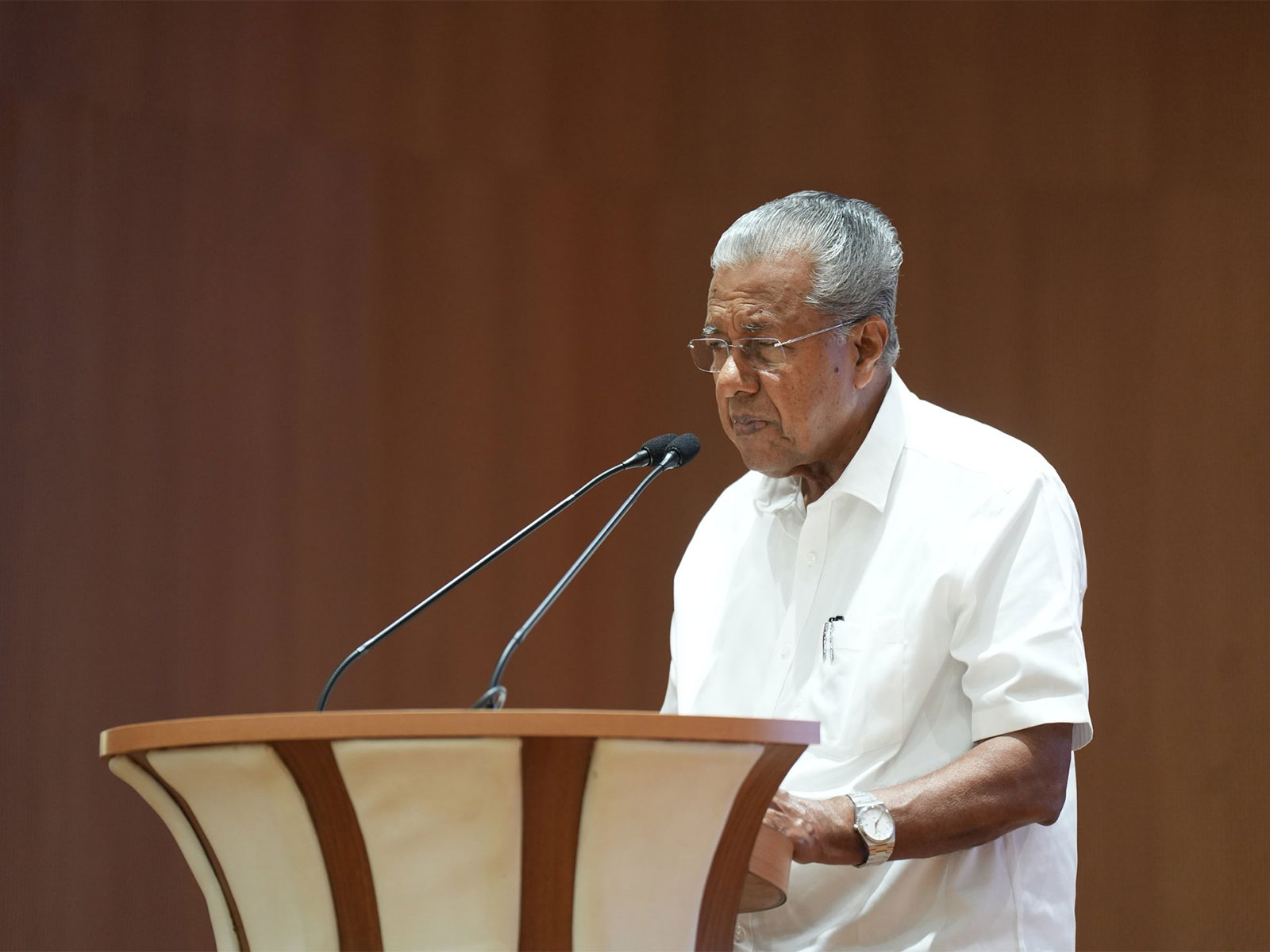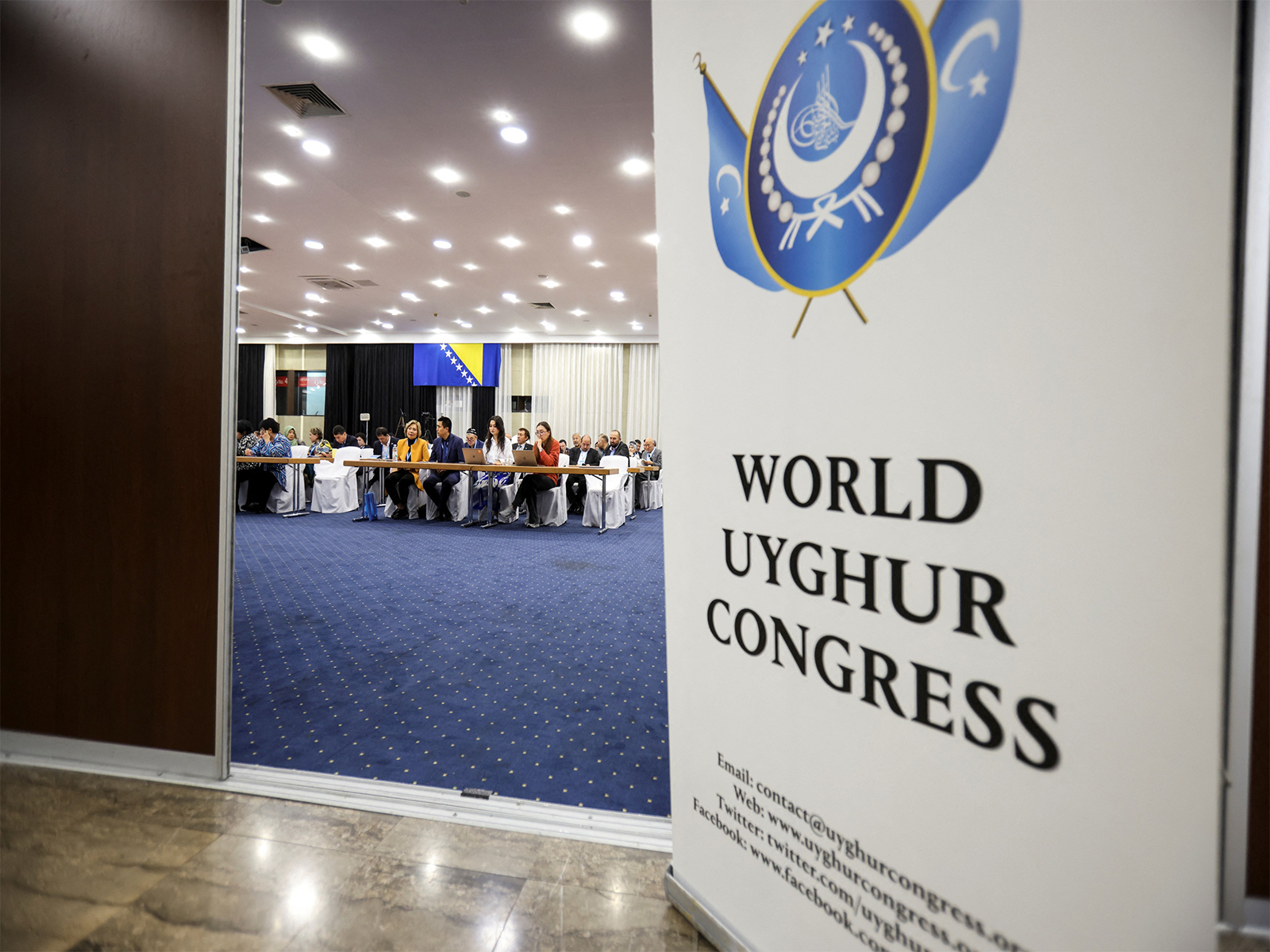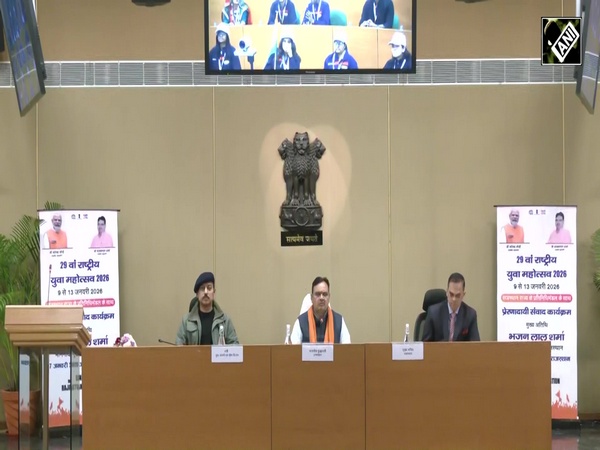Japan snubs China's olive branch on Senkaku-Diaoyu spat
Sep 28, 2020

Beijing [China], September 28 : As the tensions between China and Japan increased in the East China Sea, Liu Qingbin, an associate professor said that Beijing offered an olive branch to Tokyo by reducing its naval presence in the area but was snubbed when Japan hired fishing boats to go into the disputed waters, resulting in skirmishes between the two sides, South China Morning Post reported.
China has been increasing its maritime activities in both the South China Sea and the East China Sea over the past few months, partly in response to Beijing's concerns over the increasing US military presence in the region because of escalating Sino-US tensions.
But Liu pointed out that China will not escalate tensions with Japan at a time of increasing US-China tensions as doing so would only prompt Japan to tighten its alliance with the US and to join Washington in containing Beijing.
Liu Qingbin, an associate professor at Yokohama National University in Japan, said that a few months before Chinese President Xi Jinping was due to visit Japan in April, in what would have been the first visit by a Chinese president since 2008, Beijing had almost completely reduced its maritime activities in the Diaoyu Islands, or what the Japanese call the Senkaku Islands in the East China Sea.
However, Liu said the two sides went right back to skirmishing after the Japanese fishing boats entered the disputed waters, and Beijing once again began increasing its maritime activities there.
East Asian security expert Alessio Patalano of King's College London's Department of War Studies wrote in a Royal United Services Institute commentary last month that China's recent longer forays into the disputed waters were aimed at normalising its law-enforcement presence and "actively challenge the Japanese government's position of effective administrative control".
Pointing out that the length of these incursions, Patalano said the "routinisation" of deployments - in other words, the salami-slicing approach - marks the first step in China's challenge to the status quo.
"It appears China no longer seeks to just showcase its presence in the waters around the islands. It is now starting to actively challenge Japanese control," Patalano wrote separately in War on the Rocks, a foreign policy and national security website, adding that China was adopting a three-pronged strategy: normalising China's presence, exercising law-enforcement rights and taking over exclusive control, South China Morning Post reported.
Patalano said, however, that the final phase was not inevitable, as it would bring the two countries dangerously close to armed conflict - an outcome neither side wanted, South China Morning Post reported.
On Wednesday, lawmakers from Japan's ruling Liberal Democratic Party urged the government to hold joint defence drills with the US in the East China Sea to bolster Japan's effective control over the disputed islands.
The lawmakers also called for quicker research and development of surveillance drones, amphibious combat vehicles and other weapons systems to better defend the islands.
Describing the proposed US-Japan drills as unnecessary for now, Ritsumeikan Asia Pacific University professor Sato Yoichiro, who specialises in foreign and security policy, said Japan can maintain deterrence in the region simply by increasing coastguard patrols and getting the US to meet its defence obligations in the region.
Describing it as puzzling that China would escalate tensions with Japan at a time of increasing US-China tensions, Mike Mochizuki, an international affairs professor at George Washington University and an expert on Japan-US relations, said doing so would only prompt Japan to tighten its alliance with the US and to join Washington in containing Beijing.



















